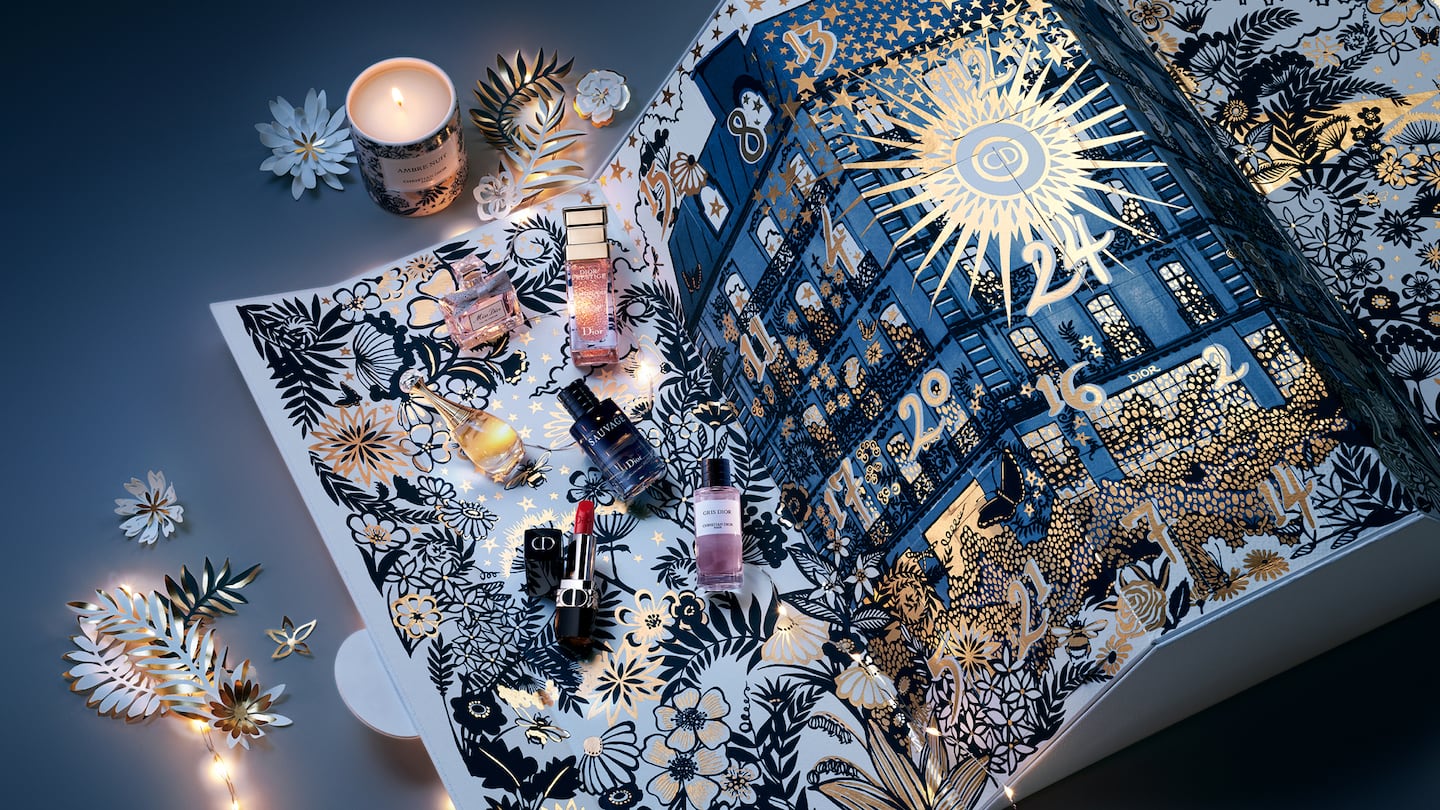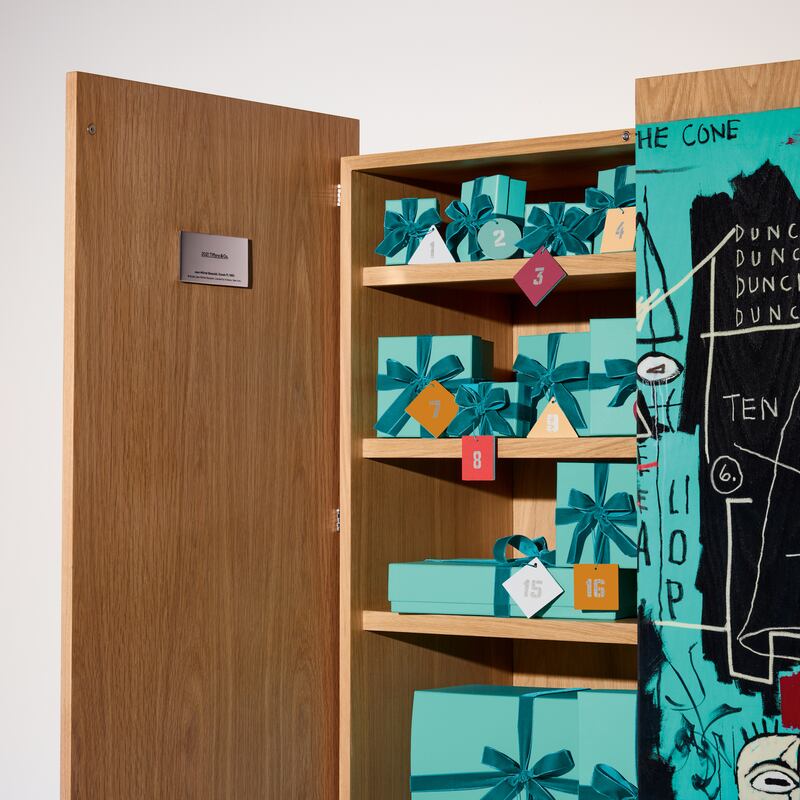
The Business of Fashion
Agenda-setting intelligence, analysis and advice for the global fashion community.

Agenda-setting intelligence, analysis and advice for the global fashion community.

The mere concept of a Chanel advent calendar screams “made for social media.” But when the luxury brand’s debut in the space went viral this year, it was for all the wrong reasons.
The $825 item sparked an impassioned backlash on social media from users who didn’t think the trinkets and knick-knacks it contained justified it’s hefty price. The controversy made news in outlets including The Washington Post, The Guardian and the New York Times and forced an apology from Chanel.
The company said it was sorry if it had “disappointed some people,” in a statement, noting that the contents of its calendar were detailed on the product web page and packaging. Bruno Pavlovsky, president of fashion at the brand, called the incident a “regrettable misunderstanding” in an interview with BoF.
“There was a misinterpretation,” he said. “The sculpture is unique and remarkable regarding the materials and how it was made. That’s what we wanted to offer our clients, but some of them were more interested in what was in the drawers.”
ADVERTISEMENT
Chanel may have had a Christmas flop, but other brands have enjoyed a bump from opulent and extravagant advent calendars that offer consumers a more affordable entry point to their products and have the potential to go viral in a more positive way, thanks to the booming trend of unboxing content on platforms like YouTube, Instagram and, more recently, Tiktok.
The advent calendar, usually a paper box containing chocolates behind 24 small doors, stems from the European tradition of counting down the days of December leading to Christmas. More recently, retailers and brands have leveraged the concept to engineer a marketing moment in the lead up to the lucrative holiday shopping period.
Beauty advent calendars first emerged on the scene in the UK and the US as early as 2013, according to retail data firm Edited. Since then, these products have evolved to become more sophisticated and elaborate, while luxury brands outside of the beauty world have also dabbled in the space. Tiffany & Co.’s $150,000 advent calendar is filled with fine jewellery and ornate trinkets.

“It’s very interactive, very engaging,” said influencer and fashion blogger Bryan Grey Yambao, known on social media as Bryanboy, whose unboxing videos of this year’s YSL and Dior beauty advent calendars have garnered hundreds of thousands of likes on Tiktok. The calendars retail for £200 ($265) and £400 ($530) respectively. “Everyone who actually buys these things or receives these things can’t wait to show it off on social media,” Yambao said.
To be sure, as more brands flood the market with similar products, it’s becoming harder to stand out from competition and deliver something original. And the surprise and delight factor is really important for a product like an advent calendar to work; perceived value for money is an extension of that, especially at a higher price point. As Chanel’s advent calendar controversy shows, a brand name alone isn’t enough: luxury labels need to make sure customers feel they’re getting bang for their buck.
“If they do not, the negative headlines… can disrupt strategy,” said Michelle Berman, head of consumer analysis at market analysis firm Fitch Solutions.
When done right, the rewards can be significant. Brand advent calendars can help generate buzz and excitement around a brand, while also building customer loyalty and bringing new customers through the door. London-based department store Liberty has been selling a beauty advent calendar since 2014. Before the pandemic, shoppers would queue outside the store from 6am on the day it launched to get their hands on one of the calendars, which retail at upwards of £200 ($265). It remains Liberty’s fastest selling product ever.
Elsewhere, beauty brand Jo Loves has enjoyed record sales days and spikes in site traffic around the release of their advent calendars in previous years, with many sales coming from new customers.
ADVERTISEMENT
“The ‘Instagramability’ of luxury advent calendars is high,” said Berman. “Where once a Chanel [or] Dior perfume advert on television served as a reminder to consumers about a luxury brand and its attractiveness as a Christmas gift, witnessing the daily opening of the doors on these brands’ advent calendars will also serve to promote the same shopping trigger,” she said.
The ‘Instagramability’ of luxury advent calendars is high.
Some luxury brands like Dior, YSL and Giorgio Armani have delved into the advent calendar craze via beauty, leveraging their household names to command a premium price. Dior’s £400 calendar contains perfumes, candles and lipsticks. Just like these brands’ broader beauty businesses, advent calendars can serve to provide another entry point into the brand universe for someone who can’t afford to spend a few thousand dollars on a bag or ready-to-wear item. Extravagant packaging only serves to heighten the unboxing experience.
Other luxury brands have taken a more exclusive approach — and, in some cases, filled their calendars with items much pricier than a candle or a lipstick, relying on eye-watering prices or hyper-exclusive access to drive attention. Tiffany’s advent calendar has a six-figure price tag and is limited to 34 units globally, meanwhile Louis Vuitton’s advent calendar, filled with little Christmas ornaments, is gifted to a select list of top customers and not available for the public to purchase.
Fine jewellery brand Lark & Berry launched a made-to-order advent calendar this year. With 12 rather than 24 gifts, it’s smaller than some competitor calendars, but still set shoppers back £4,995 ($6,610), as behind each door is a charm made from white or yellow gold and embellished with diamonds. Founder Laura Chavez declined to share how many calendars the brand had sold, only noting it was more than she was expecting. But the real business value came from the buzz and press attention the calendar received.
“We got amazing coverage from a lot of places, more coverage than we have for any other product in the past few months,” said Chavez, adding that site traffic also spiked, with people landing on the advent calendar web page but then going on to purchase other items from the brand’s collections.
“For us... it’s about showing people who we are and what we can offer, and creating that brand loyalty,” she said.
Christmas has come early for brands and retailers that use the festive tradition to boost brand awareness and drive customer acquisition ahead of the Holiday season.
Target, Ulta Beauty and Gap are among retailers promoting holiday gifts as early as mid-September amid a global supply-chain logjam that threatens to limit availability of some merchandise later during the holiday season.
The rules of social media marketing are changing, and brands sit at a critical juncture as they revamp their strategies — BoF’s Alexandra Mondalek probes the pros and cons of various approaches with a panel of experts.
The fashion giant has been working with advisers to study possibilities for the Marc Jacobs brand after being approached by suitors.
A runway show at corporate headquarters underscored how the brand’s nearly decade-long quest to elevate its image — and prices — is finally paying off.
Mining company Anglo American is considering offloading its storied diamond unit. It won’t be an easy sell.
The deal is expected to help tip the company into profit for the first time and has got some speculating whether Beckham may one day eclipse her husband in money-making potential.